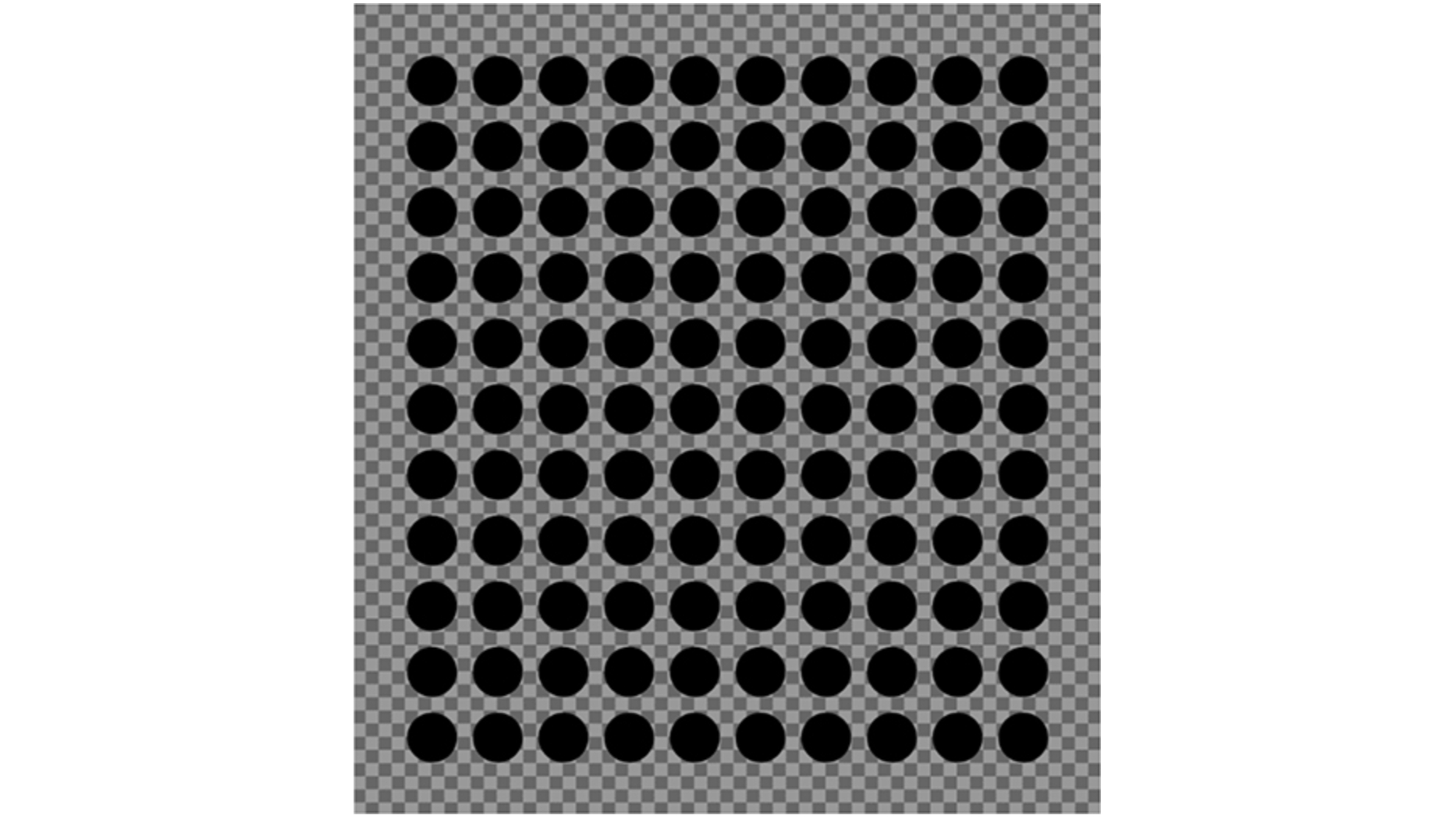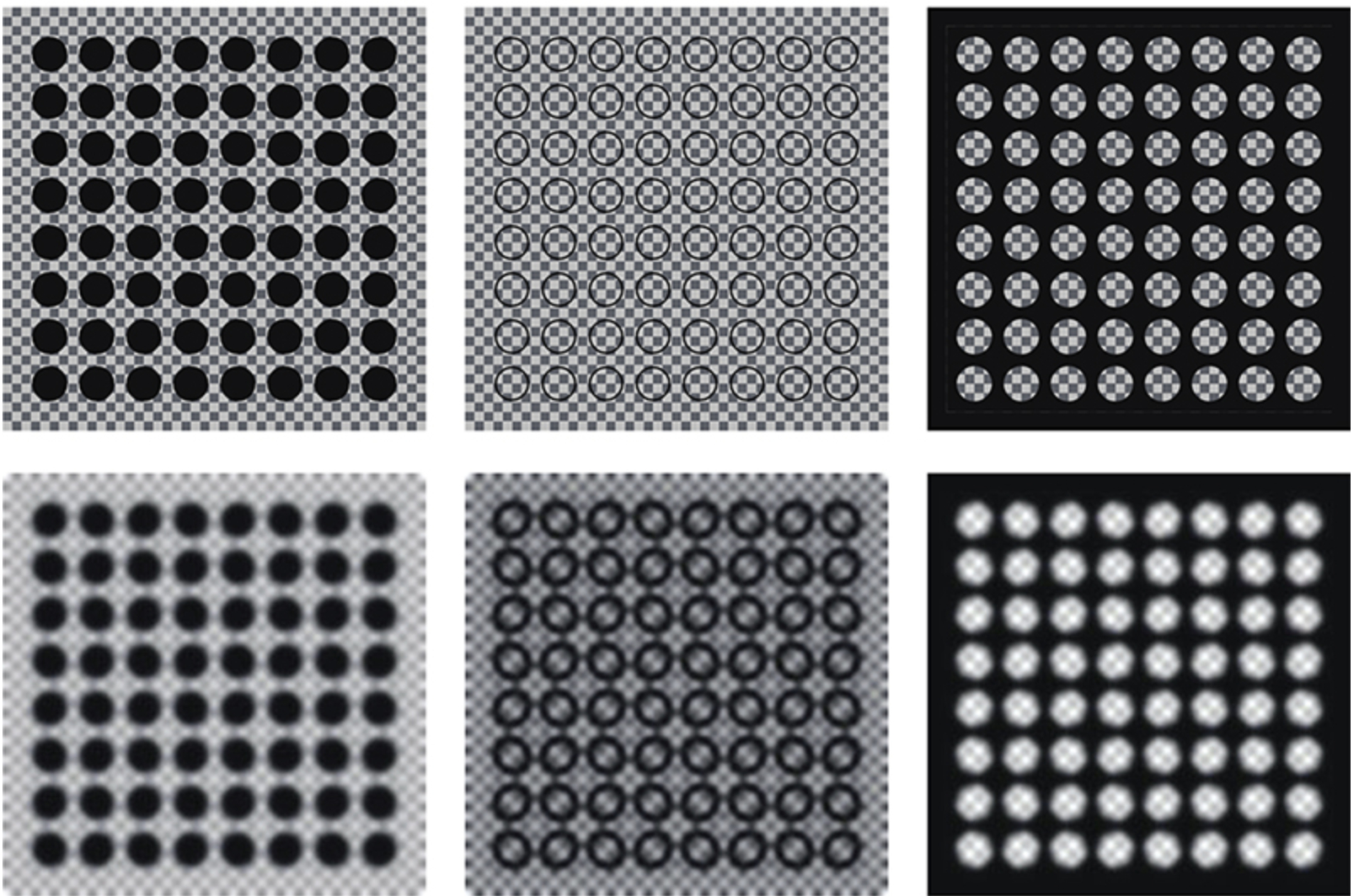The best optical illusions leave us questioning our own eyes, and sometimes even our sanity. And that's just how this 'new' optical illusion was accidentally discovered.
The filmmaker Masaya Ishikawa was using Adobe Illustrator to make materials for a video project when he found himself having to blink and do a double take. Had he been staring at the screen for too long, or were the circles he was creatingstarting to lose their shape before his eyes? What he saw is worthy of an entry in our pick of the best optical illusions.

The illusion has been given the catchy technical name of "bumpy circle illusion" or BCI for short. The use of such plain English may be intentional, or it may be because scientists aren't yet sure exactly what is happening in the illusion.
It seems simple, and we immediately assume that the impression is caused by the little difference in luminance between the circle and the square shapes behind it, but scientists haven't yet worked out exactly why it happens.
Ishikawa worked with the experimental psychologist and visual perception specialist Shuichiro Taya at Keio University to try to get to the bottom of it, and the result is a paper that was published in the Journal of Illusion last year. But the findings are inconclusive.
While it notes that the illusion could be caused by optical blur or perception depending on the lower-spatial-frequency channel, the authors suggest that experimentation with a low-pass filter would appear to rule out the influence of this alone. The low-pass filtered figure does show deformed circles, but the filtered deformations do not match with the appearance of the illusion, they note.

Other theories include the disruption of edge orientation detection in the early stage stage, however, the researchers aren't sure why the illusion appear to only occur when the checkered pattern is placed outside the circles, not inside the circles. This could be due ‘convexity bias’ in the visual system, which holds that convex features are more determinative than concave features while judging figure similarity. The authors conclude that more work needs to be done, but that BCI could be "an effective tool for a comprehensive understanding of the hierarchical mechanism of shape perception".
Get the Creative Bloq Newsletter
Daily design news, reviews, how-tos and more, as picked by the editors.
For more mind benders, see our pick of the best optical illusions of last year.

Thank you for reading 5 articles this month* Join now for unlimited access
Enjoy your first month for just £1 / $1 / €1
*Read 5 free articles per month without a subscription

Join now for unlimited access
Try first month for just £1 / $1 / €1

Joe is a regular freelance journalist and editor at Creative Bloq. He writes news, features and buying guides and keeps track of the best equipment and software for creatives, from video editing programs to monitors and accessories. A veteran news writer and photographer, he now works as a project manager at the London and Buenos Aires-based design, production and branding agency Hermana Creatives. There he manages a team of designers, photographers and video editors who specialise in producing visual content and design assets for the hospitality sector. He also dances Argentine tango.
